
Lesson 1: Narrowing the development gapNational Target Program 1719 is implemented to promote socio-economic development in ethnic minority and mountainous areas.
Eliminating the "poor core" is an urgent requirement
Our country has 53 ethnic minorities, with about 3 million households, nearly 14.2 million people, accounting for 14.7% of the country's population. Before the merger of provincial-level administrative units according to Resolution No. 202/2025/QH15 dated June 12, 2025 of the 15th National Assembly ; Resolution No. 74/NQ-CP dated April 7, 2025 of the Government on the arrangement of administrative units and the construction of a 2-level local government organization model, ethnic minorities lived in concentrated communities in 51 provinces and cities, 548 districts, and 5,266 commune-level administrative units (including 382 border communes).
Six years ago, in Document No. 414/TTr-CP dated October 11, 2019 submitted to the 14th National Assembly for approval of the Overall Project on Socio -Economic Development of Ethnic Minority and Mountainous Areas, and Areas of Special Difficulty, the Government stated that areas with a large number of ethnic minorities living in communities are the most difficult areas, with the lowest quality of human resources, the slowest socio-economic development, the lowest access to basic social services, and the highest poverty rate.
The situation in the "poor core" is more clearly reflected in the second socio-economic information survey of 53 ethnic minorities in 2019 jointly conducted by the General Statistics Office (now the General Statistics Office) and the Ethnic Committee (now the Ministry of Ethnic Minorities and Religions ). The survey results showed that, at that time, the whole region still had 54 communes without car roads connecting from the district to the commune; roads in 9,474 villages had not been paved; 3,400 villages had no electricity grid...
Notably, the income of ethnic minority and mountainous people is only half of the national average; the income of ethnic minority people is only 40-50% of the average in the region. Although the population accounts for only 14.7% of the total population, the poverty rate of ethnic minority and mountainous areas accounts for 55.27% of the total number of poor households in the country (according to the multidimensional poverty standard for the period 2016-2020)...
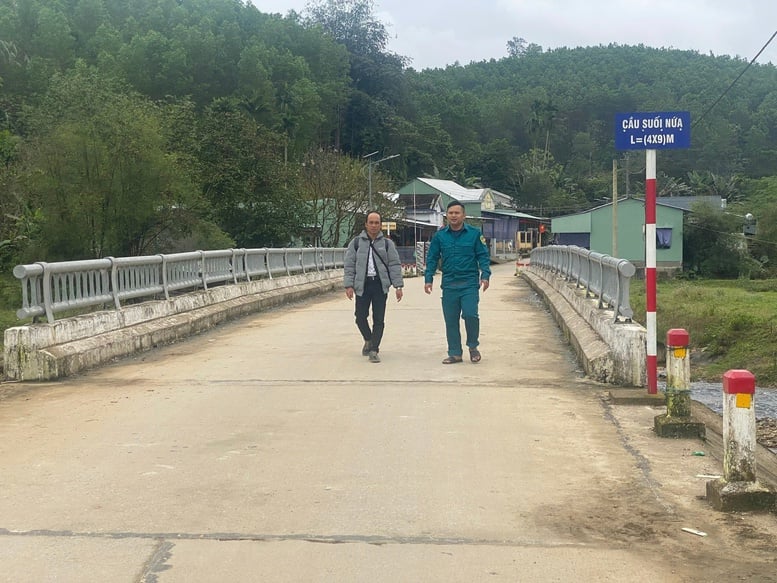
The traffic bridge project in Tra My commune, Da Nang city was invested from the National Target Program 1719 - Photo: Huy Truong
That reality raises an urgent need for breakthrough policies to eliminate the "core of poverty", aiming at the goal of "leaving no one behind". The Master Plan and National Target Program for Socio-Economic Development in Ethnic Minority and Mountainous Areas for the 2021-2030 period, approved by the 15th National Assembly in Resolution No. 88/2019/QH14 and Resolution No. 120/2020/QH14, have met the expectations of nearly 14.2 million ethnic minorities and voters nationwide.
Implementing the resolutions of the National Assembly, the Prime Minister has approved the National Target Program on Socio-Economic Development in Ethnic Minority and Mountainous Areas for the 2021-2030 period; Phase I: 2021-2025 under Decision No. 1719/QD/TTg (National Target Program 1719). The program has 10 projects, 14 sub-projects integrated from 118 ethnic policies, policies related to ethnic minority and mountainous areas before 2020 and a number of new policies.
The National Target Program 1719 is implemented to promote socio-economic development in ethnic minority and mountainous areas, improve people's material and spiritual life, sustainably reduce poverty and narrow the development gap between regions; concretize 09 target groups assigned by the 14th National Assembly in Resolution 120/2020/QH14. The principle of implementing the Program is to focus on investment and support to solve urgent and pressing issues of ethnic minority and mountainous areas.
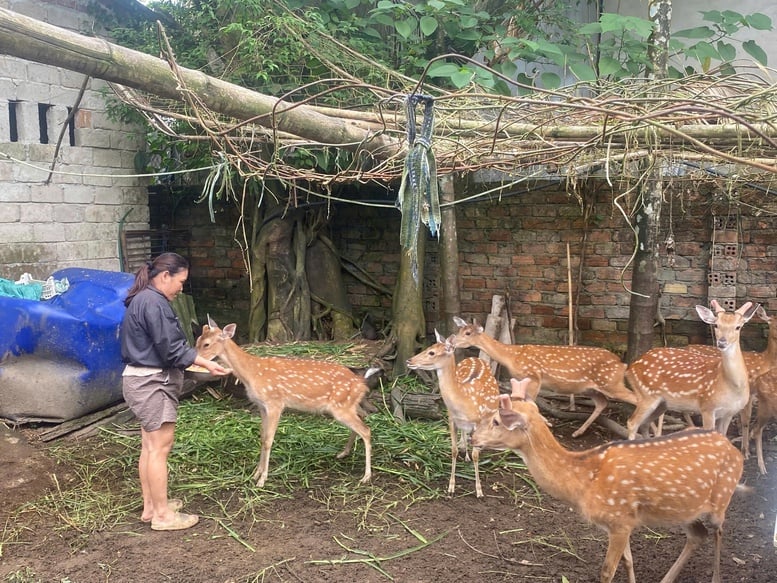
Deer farming model in Tra My, Da Nang City supported by capital from National Target Program 1719 - Photo: Huy Truong
After 5 years of implementation, the National Target Program 1719 has achieved many positive results. The report of the Ministry of Ethnic Minorities and Religions prepared for the National Conference to summarize and evaluate the results of the implementation of the National Target Program 1719 Phase I to be held soon shows that, out of the 9 target groups, 6 basic target groups have achieved and exceeded the set targets; 3 target groups have not been achieved, including: Improving technical infrastructure, social infrastructure; number of communes and villages out of extremely difficult areas; settling down, basically solving the shortage of residential land and production land.
With 3 groups of targets not yet achieved, according to the assessment of the Ministry of Ethnic Minorities and Religions, these are target groups that require a higher level of concentration and longer implementation time compared to many other tasks. In particular, due to rugged terrain, difficult traffic; some groups of residents have the habit of living in places that are easily affected by natural disasters such as flash floods, landslides, etc., so infrastructure investment activities and population stabilization implemented in the area have typical challenges and difficulties.
Imprint of National Target Program 1719
Previously, in ethnic minority and mountainous areas, Program 135 was a "brand" in sustainable poverty reduction, but now, National Target Program 1719 has become a place to place the breakthrough development expectations of nearly 14.2 million ethnic minority people.
Although it has only passed phase I (2021-2025), the National Target Program 1719 has become a driving force to solve urgent problems of ethnic minorities.
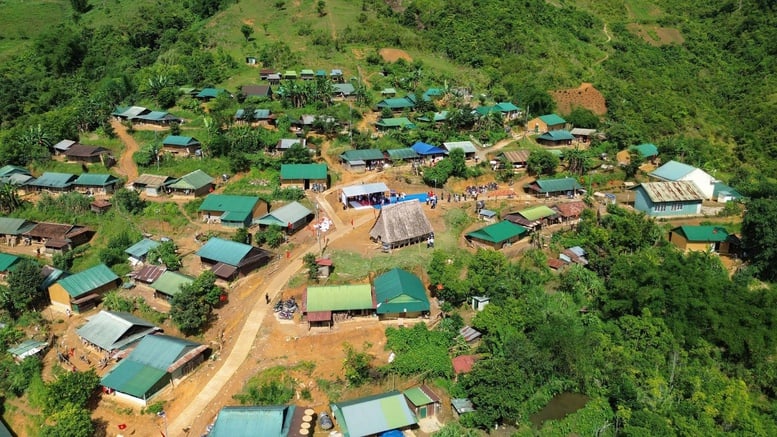
New look in ethnic minority and mountainous areas - Photo: Ngoc Chi
One of the highlights of the National Target Program 1719 is its contribution to increasing the income of people in the "core poor" areas, especially ethnic minorities. This is also one of the target groups that exceeded the plan set by the Program after the end of Phase I.
According to the report of the Ministry of Ethnic Minorities and Religions, as of March 2025, the income of ethnic minorities reached an average of 43.4 million VND/year, an increase of 3.1 times compared to 2020. It is expected to reach 45.9 million VND by the end of 2025, an increase of 3.3 times compared to 2020 (the Program's target is to increase by more than 2 times by 2025).
The reason this is considered a remarkable mark is because, at the time the 14th National Assembly discussed the Overall Project for Socio-Economic Development of Ethnic Minority and Mountainous Areas for the 2021-2030 period (November 2019), the representative of the National Assembly's Ethnic Council said that the target of doubling income by 2025 was high and not feasible.
In the explanation session in the parliament on November 1, 2019, Minister and Chairman of the Ethnic Committee Do Van Chien (currently Chairman of the Central Committee of the Vietnam Fatherland Front) said that the average actual income of ethnic minorities (as of 2019) is about 1.1-1.2 million VND/month, equivalent to 13-14 million VND/year; if the target is to double, by 2025 it will reach about 26-28 million VND/person/year.
Compared with the income target in the 13th Party Congress Document (striving for the average GDP per capita of the whole country to be around 4,700 - 5,000 USD by 2025, equivalent to about 122.7 - 130.5 million VND), the target of increasing the average income of ethnic minorities by 2 times in the Overall Project and National Target Program 1719 is not high. Moreover, with the determination of the entire political system and the efforts of the people, in reality, many programs and projects for socio-economic development in rural and mountainous areas have achieved and exceeded their targets.

The model of supporting cows for reproduction for ethnic minorities in Dak Rve commune, Quang Ngai province was implemented from the capital of National Target Program 1719 - Photo: Ngoc Chi
The "Tam Nong" Program according to Resolution No. 26-NQ/TW dated August 5, 2008 of the 10th Party Central Committee set the goal of increasing the income of rural residents by 2.5 times compared to 2008 by 2020. However, at the time of summarizing 10 years of implementation (2018) of Resolution No. 26-NQ/TW, the income of rural residents nationwide had increased 3.8 times compared to 2008.
The results of the "Tam Nong" Resolution are being inherited in the National Target Program 1719. The income of ethnic minorities has now increased beyond the set target, thereby reducing the poverty rate in ethnic minority and mountainous areas. According to the report of the Ministry of Ethnic Minorities and Religions, from 2021 to March 2025, the average poverty rate in this area decreased by 3.4%/year (it is expected that the entire period of 2021-2025 will decrease by an average of 3.2%/year), achieving the target set by the Program (reduction of 3% or more).
The income of ethnic minorities has been raised, the poverty rate in ethnic minority and mountainous areas has decreased rapidly and sustainably, which is the combined result of the component projects of the National Target Program 1719. People are not only supported to develop production but also benefit from infrastructure investment projects to develop the family economy, gradually reducing the shortage of basic social service indicators.
In terms of infrastructure serving socio-economic development alone, the capital of the National Target Program 1719 has invested in 6,018 rural traffic works serving production, business and people's lives; asphalted, concreted or hardened 8,673 km of roads; 442 electricity supply works serving daily life, production and business in villages and hamlets; built 97 new markets and renovated and upgraded 184 markets;...
Infrastructure investment has been synchronized to increase the effectiveness of policies to support production development and create livelihoods for ethnic minorities. From the capital of the National Target Program 1719, localities have so far implemented 403 projects to support production development according to the value chain, with 13,596 ethnic minority households benefiting; implemented 2,562 projects to develop community production, attracting 20,453 households to participate. Localities have also implemented support for contract protection of 1,478,962 hectares of special-use forests and protective forests, equivalent to 323,769 households receiving support;...
The results of the National Target Program 1719 Phase I will be summarized and evaluated at the National Conference to be held on July 12. The conference is held in the context that the whole country has just put into operation two-level local government and is urgently perfecting the provincial apparatus after the merger, showing great efforts and high determination of the entire political system in implementing the National Target Program 1719. That spirit is the "compass" throughout the implementation process; without determination and effort, with a completely new program, with many policy contents like the National Target Program 1719, it will be very difficult to "go smoothly".
Along with socio-economic development, the National Target Program 1719 is an important resource to preserve and promote the fine traditional cultural values of ethnic minorities associated with tourism development. In 5 years, the Program has supported investment in the construction and preservation of 48 typical villages and hamlets of ethnic minorities, 69 typical traditional tourist destinations of ethnic minorities; invested in the construction of 3,220 cultural houses - sports areas in villages and hamlets of ethnic minorities and mountainous areas; preserved and promoted 124 typical traditional festivals of ethnic minorities; supported the activities of 695 folk cultural clubs and 5,760 traditional art troupes in villages and hamlets of ethnic minorities and mountainous areas;...
Lesson 2: Great effort, great determination
Son Hao
Source: https://baochinhphu.vn/xoa-loi-ngheo-vung-dong-bao-dtts-va-mien-nui-bai-1-thu-hep-khoang-cach-phat-trien-102250710231336075.htm




![[Photo] Giant pipeline leading water to West Lake, contributing to reviving To Lich River](https://vphoto.vietnam.vn/thumb/1200x675/vietnam/resource/IMAGE/2025/9/10/887e1aab2cc643a0b2ef2ffac7cb00b4)

![[Photo] Prime Minister Pham Minh Chinh chairs the 20th meeting of the Steering Committee for important national projects and works](https://vphoto.vietnam.vn/thumb/1200x675/vietnam/resource/IMAGE/2025/9/10/e82d71fd36eb4bcd8529c8828d64f17c)
![[Photo] President Luong Cuong hosts state reception for Governor-General of Australia](https://vphoto.vietnam.vn/thumb/1200x675/vietnam/resource/IMAGE/2025/9/10/a00546a3d7364bbc81ee51aae9ef8383)

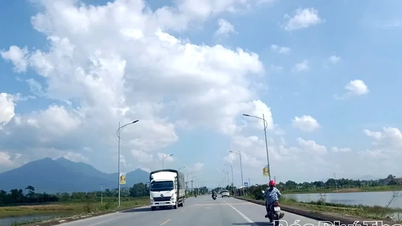

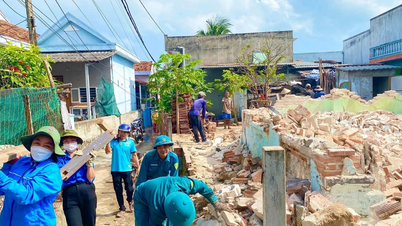







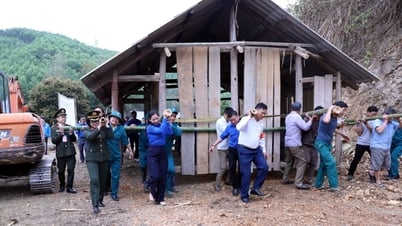
















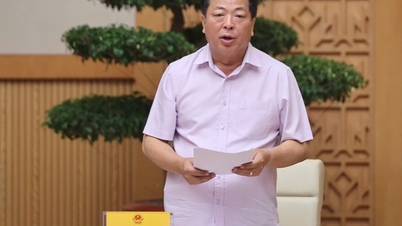



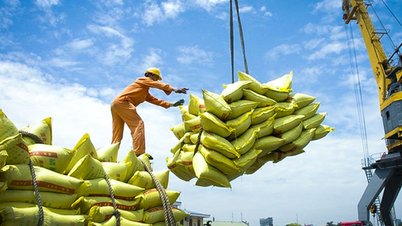





























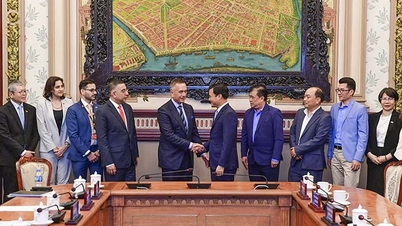
























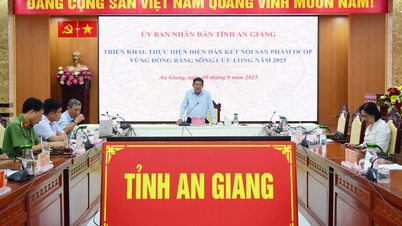










Comment (0)